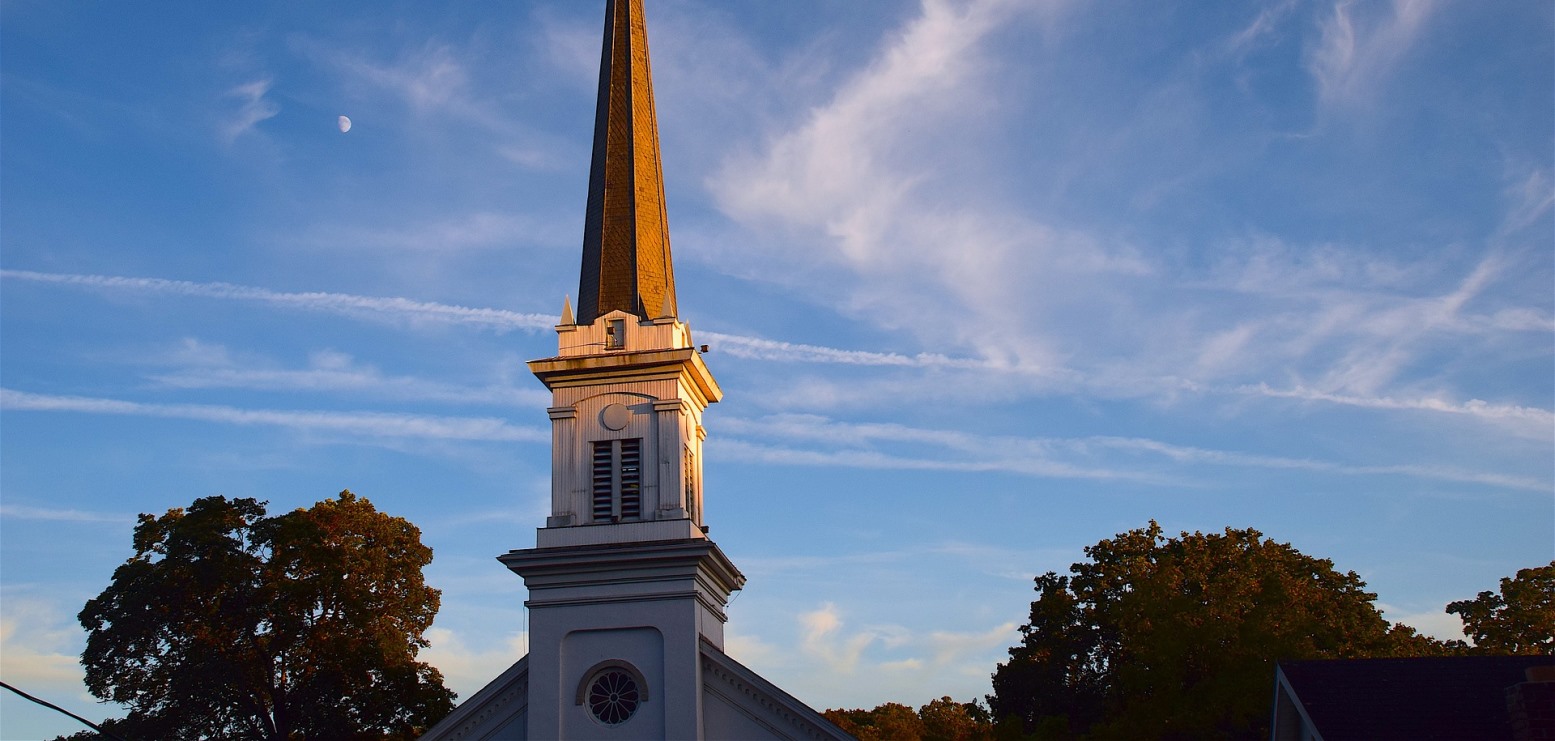Churches in America are closing at an alarming rate, with an estimated 3,400 to 4,000 singing their final hymns and closing their doors each year. The majority of these churches are almost certainly in rural areas that are seeing unprecedented declines in population. Over the last 40 years, most rural communities have experienced high rates of out-migration to urban areas, leaving behind an aging populace that is slowly dying off. A study by the Department of Agriculture Economic Research Service shows that in hundreds of rural counties, deaths are now outpacing births.
Every rural pastor I know could testify to this fact. Many of the churches that remain are staring down their own mortality as they watch their congregations age. What is the answer?
In All Saints, a new movie that takes its inspiration from this trend, we see a story that hints at a solution. In the film, Michael Spurlock’s first ministry assignment after seminary is to go to a small rural town, close down the church, and sell the property. Things do not go as planned. The church, like many rural churches, was once full of young families with kids running everywhere, but is now in decline. To meet the needs of their congregation and serve their community, the church decides to plow its nearby ball fields into a garden. This garden project ultimately grows the church, builds community, and provides the financial resources needed to keep the doors open.
Although it’s fiction, the church in the story resembles your stereotypical rural church. They own their facilities and have more space than they need. They have a small and aging congregation that wants to make a difference but are struggling to figure out how.
Rural churches have vast, unrealized potential, and though that potential may not manifest specifically through a farm, economic enterprise may be the answer.
Running counter to the narrative I just painted is the fact that over 4,000 new churches are started every year. Many of these new churches are in rural areas and almost all are reaching young families. This is true of the community in which I pastor: Bluefield, WV, where my good friend, Pastor Robbie, leads just such a church.
I could show you the statistics of population decline in my town and bemoan the facts of an aging populace. I could speak of the outmigration of young adults. I could even justify my use of these facts as excuses for ineffectiveness. But I also need to tell you that this Friday night, the two local high schools (both in Bluefield, with a combined enrollment of over 1,100 students) are meeting each other in the first game of the season and they are expecting over 10,000 fans to be in attendance. The truth of rural America is that the fields are still white for harvest.
The questions then beg to be asked, “How can we reach our community?” or “How do we turn the tide in aging churches?” I think the first question we need to answer is the question that God asked Moses. “What do you have in your hand?” Again, much like the church in All Saints, most rural churches have unused land, unused office space, underutilized classrooms, and, in many cases, a financial nest egg. Each of these resources could be used to produce economic activity and, in turn, be an avenue for community outreach.
What if rural churches advertised office space for local start-ups? The market for rental office space is already established. Check out sharedesk.net. Churches could provide entrepreneurs with private or shared offices, phones, high-speed internet, conference rooms, mail services, kitchen facilities, and possibly even share a secretary. Instantly, your church has rebranded itself as a small business incubator in your community. This could all be done with little to no cost for the church and could potentially produce an incredible amount of added revenue for the church. The new income would be coupled with community goodwill, possible press coverage, and new people walking in your doors.
What if we offered our yards as practice facilities for local sports leagues? Almost all local leagues struggle to find practice space. Young families would then be coming onto your campus on a regular basis. This would build goodwill in the community and provide you with a great outreach opportunity. What if, like Life Point Church in Stratford, OK, you opened up a coffee shop in your church foyer? Many churches already offer something similar on Sunday mornings, but what about Mondays? Stratford is a very small rural community and the church is the only coffee shop in town.
The opportunities are endless. Satellite classrooms for a local college, training facilities, community gardens, or an art gallery could each be accomplished with little to no capital investment. If your church has financial reserves and unused space, things get even more exciting. What about remodeling a classroom into a beauty salon and launching a beauty academy? This could meet the needs of those in your community who are out of work and struggling financially. You would be meeting a real need and have a captive audience with whom to share the Gospel. Computer labs, tutoring centers, cooking classes, a restaurant incubator, or maker spaces are just a few of the countless possibilities.
Complaining is easier than creating, failure costs less than fruitfulness, and justification is more natural than multiplication.
Let us do the hard things. Let us pay the cost. The fields are white. Let us creatively invest our resources, create the needed revenue to reverse the trends of church closures, and reach our communities with the gospel.
Image: bones64 (CC0)
